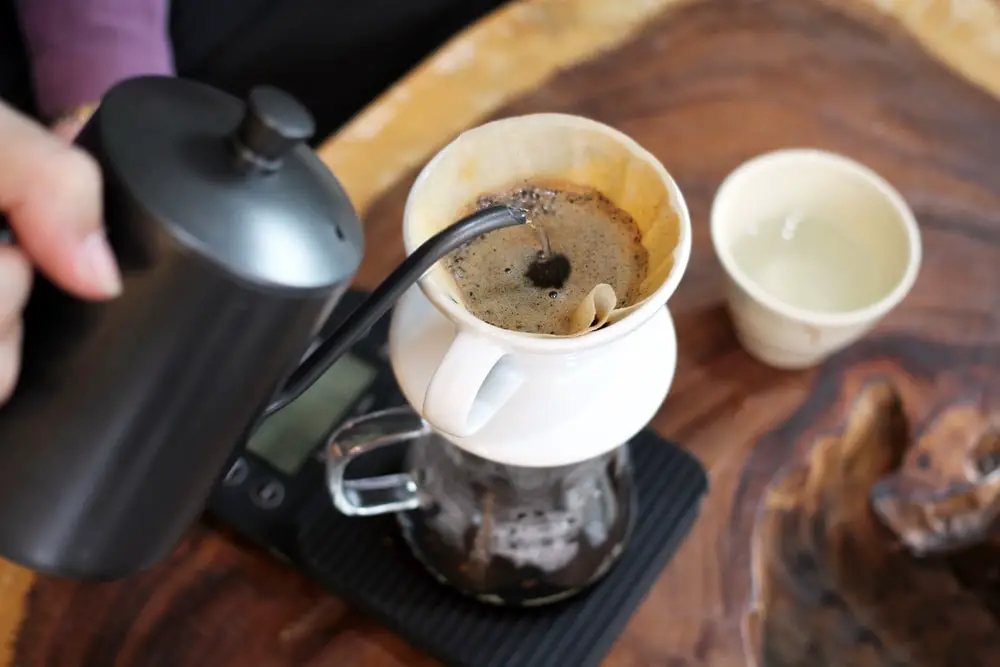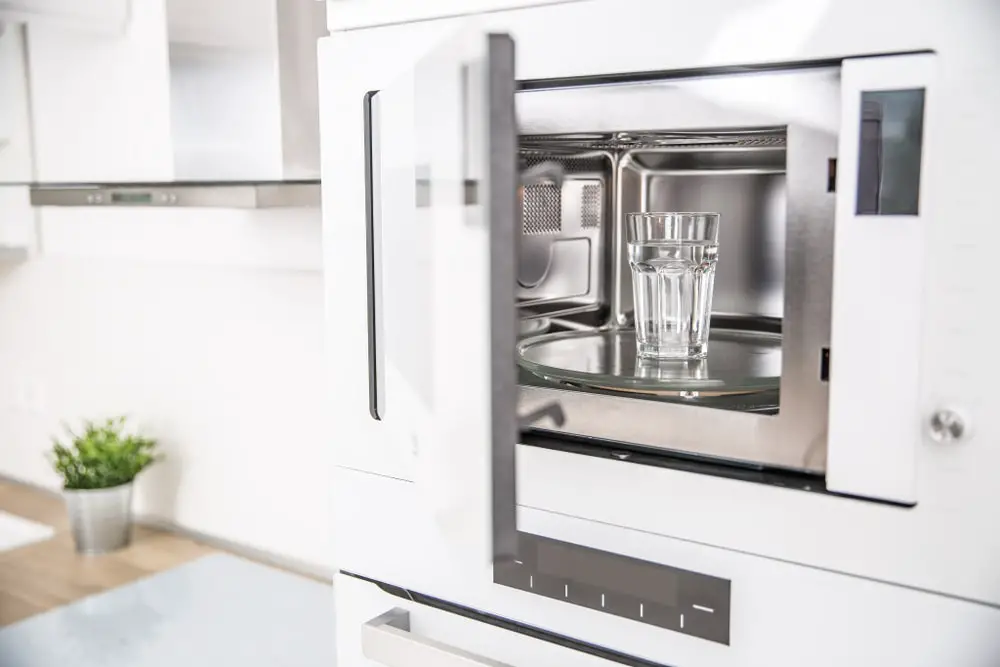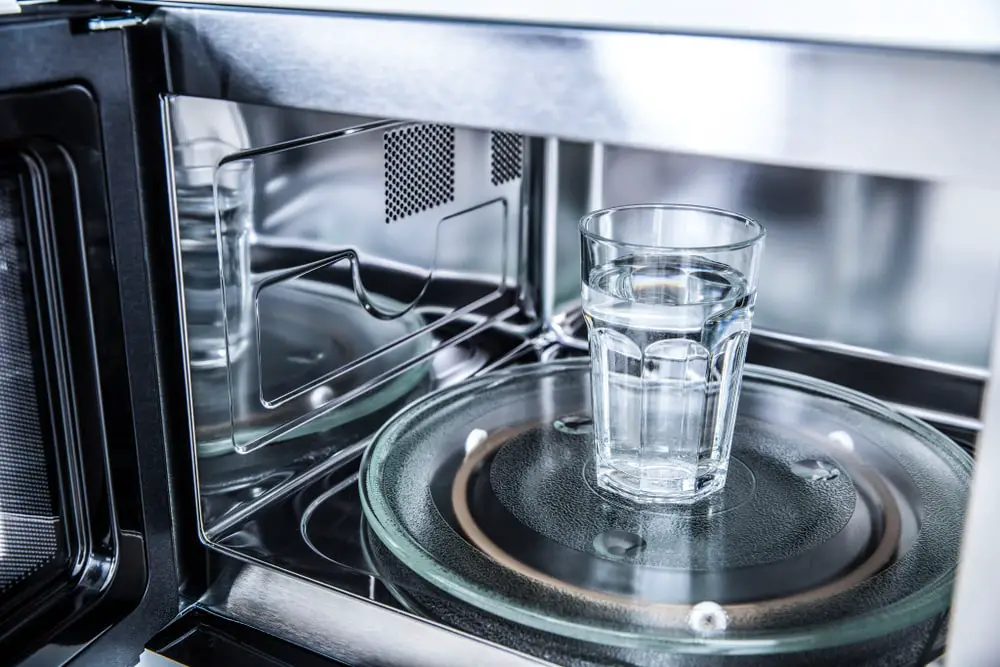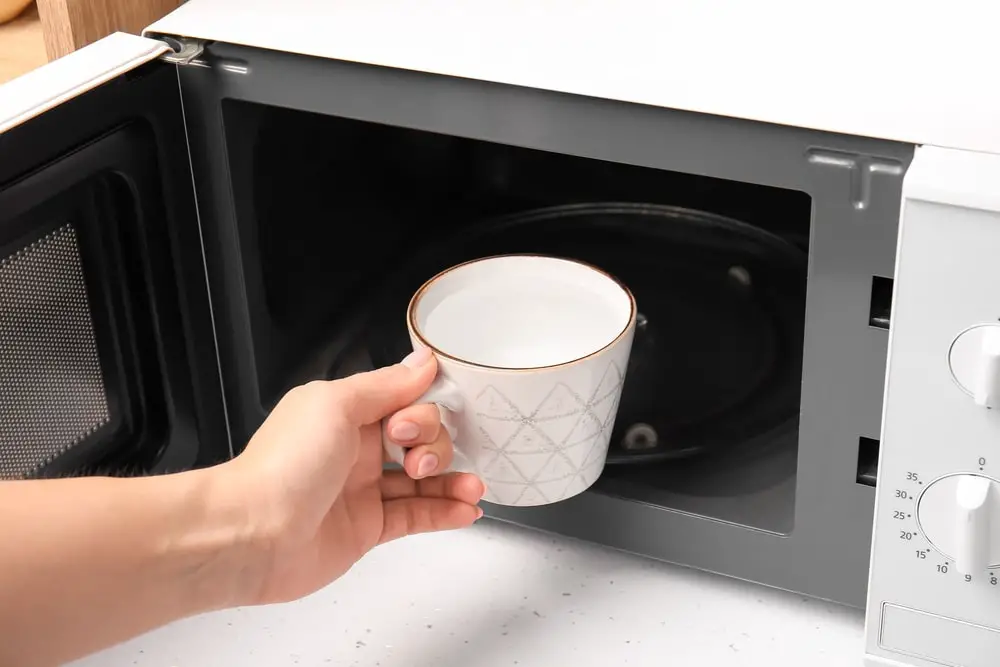Most modern families own a variety of useful home gadgets, including a tiny microwave oven for defrosting, reheating, and baking cakes. Simultaneously, individuals who cannot afford or do not want to acquire a coffee maker will find that using a microwave oven is the an ideal option for a quick cup of coffee.
Actually, coffee drinkers can easily boil a small glass of water instead of using a kettle or bulky coffee equipment to enjoy wonderful coffee. However, there are some frequently asked questions such as how long to heat water in microwave for coffee and is it safe to prepare coffee in the microwave? Do not worry, folks. Let’s figure out the answers in this article.
When Making Coffee, How Long Should I Microwave My Cup Of Water?
What temperature of water is required to extract all of the coffee’s tastes in a balanced and tasty manner? Individual preferences vary, but over half a century of study has found that most people enjoy coffee made with hot water between 90 and 96 degrees Celsius (between 194 and 205 degrees Fahrenheit), which is just below boiling.

Many scientific publications and articles recommend a temperature range of 90°C to 96°C. However, Dr. Earl E. Lockhart, was thought to be the first to publish it in 1950. (SCA). Since then, SCA’s brewing guide has included this temperature bracket.
It will take 3-4 minutes to boil the water in the microwave to reach this temperature for your cup of water, which is really rapid. To prevent heating water in the microwave by accident, merely heat it for a few minutes. Break the water in your cup with a hit and shake it around after each time you boil it. You may turn the microwave back on and repeat the process for 1-2 minutes until the water boils after ensuring sure the oven is not overheated.
In case you microwave water to make tea, the same principle should be applied. The recommended duration is 1-2 minutes, but it really depends on the appropriate temperature for different kinds of tea, such as:
- 65-75°C for white tea
- 75-85°C for green tea
- 85-95°C for black tea
- 100°C brewed tea (herbal tea, fruit tea)
Instructions For Making Coffee In The Microwave
Nice coffee, a cup, and hot water are required for a good cup of coffee. If you wish to brew coffee in your microwave, follow the steps below.
- Step 1: Fill half a cup with water and heat in microwave-safe cups. The water will boil in around 2-3 minutes, depending on the microwave’s wattage. The water in the cup will keep your coffee hot for longer since it is still hot and does not absorb the heat from your coffee.
- Step 2: Allow 30 seconds for the water to cool to around 205 degrees Fahrenheit, the optimal temperature for brewing coffee.
- Step 3: Pour in the ground coffee and stir to mix. If you don’t use a filter to filter out the grounds, you’ll end up with coffee grounds in your cup. This isn’t too bad, and sipping your coffee rapidly will make it taste less harsh and bitter. This is also known as the coffee pouring technique.
Note: If you have a filter, use it, and keep in mind that just because you’re boiling water in the microwave doesn’t mean your coffee has to be extraordinary. Some individuals like French press coffee in their daily hot coffee routine, and heating the water in the microwave is a quick and easy way to do it.

Is There Any Difference Between Conventional Water And Microwaved Water?
The answer is no. Basically, water boiled in a kettle or water that is microwaved is boiling water, no matter how it is boiled.
Water heated in a microwave can sometimes become hotter than boiling by a process known as “superheating”. It is true that steam produced by water hotter than boiling water. In most cases, the water heated in the microwave is different due to the way the microwave oven works.
To be specific, when boiling water in a kettle, the water at the bottom heats up first and expands, the specific gravity of this water layer becomes less than the specific gravity of the upper cold water layer, so the hot water layer floats and the cold water layer sinks to form convection currents. When the water reaches a temperature of 100 degrees Celsius, it will begin to boil.

Convection does not occur when water is heated in the microwave, and the water can heat up without showing any signs of boiling. it overheats to or exceeds its boiling point. When superheated water is disturbed, it will boil violently at the same time, creating very dangerous boiling water and steam explosion. In addition, when removed from the oven, the liquid is very easy to shoot up and cause burns to you, if unfortunately boiling water can splash into the eyes causing corneal burns, even blindness.
So, Should You Use The Microwave To Boil Water?
The ideal advice is that you should avoid boiling water in the microwave since you won’t know when the liquid has overheated. If you need boiling water quickly and don’t have time to boil it in a traditional kettle, you can use the microwave, but you must adhere to the following safety guidelines:
Use Proper Materials
Boil water with authorized materials only in microwave ovens. Use only microwave-safe plastic and glass. It’s also worth noting that anything composed of metal should not be used in your microwave.
Use new glasses and bowls wisely as many materials might be too smooth to cause issues. Instead, use an older, more worn container with visible scratches on the bottom since these locations will create a vapor center where bubbles can develop.
In Each Batch, Don’t Boil The Water For Too Long
As long as the water doesn’t boil, it won’t get too hot. The exact time to stop each heating cycle depends on the microwave’s strength. To be safe, reduce the heating duration to 1 minute at first. You can modify the next batch based on the temperature of the water after boiling the first batch.

Avoid Getting Burned When Take The Cup Out Of The Microwave
To reduce the temperature of the liquid being heated, put a wooden or plastic (microwave-safe) spoon in the cup.
When the cooking is finished, before taking the container from the microwave, tap the edge of the container to see whether the water is too hot. Knocking on the container when the water is really hot might cause the water to “explode” on the surface. This may cause water to overflow in the oven, but you will not be burnt because the water has not been removed.
To avoid burns when taking water from the microwave, use a heating pad and keep your face away. The most common overheating injuries occur when individuals remove the water from the microwave and stare into it; the abrupt burst of superheated water can inflict serious facial burns and, in the worst-case scenario, irreversible eyesight impairment.
Final Thought
The microwave oven is not only excellent for cooking, but also for swiftly heating water to make great coffee cups. However, keep in mind that safety comes first, so use caution when handling hot water. Enjoy your coffee and see you in my next posts.
